On This Day…May 21st
A still taken from a gun camera film shot by Flight Lieutenant A G “Sailor” Malan, leader of ‘A’ Flight, No. 74 Squadron RAF, recording his first aerial victory, a Heinkel He 111 over Dunkirk. This was on May 21st as the Battle of Arras (mainly known as a tank and artillery encounter) was raging below.
Although the Heinkel’s destruction seems clear from the photos, Malan’s claim was categorised as unconfirmed since he did not observe the aircraft’s destruction.
The Bismarck and escorts as they try to break out into the open seas from the confines and protection of the Norwegian fiords.
The photo was taken by Flying Officer Michael Suckling from No.1 Photographic Reconnaissance Unit, in an unarmed, high altitude, long range Spitfire, on 21st May, 1941. This was to be the last voyage the Bismarck would take.
Finnish Junkers Ju 88A FAF 3.LeLv44, Onttola On May 21, 1944.
The ‘West Loch Disaster’ (sometimes referred to as Pearl Harbour 2) was a tragic accident at the Pearl U.S. Naval Base in Hawaii on Sunday 21st of May, 1944. The horrific events were started by an explosion in a staging area for LSTs (Loading Ships, Tanks) and other amphibious assault ships in West Loch.
A huge fire quickly spread among the ships being prepared for “Operation Forager” (the invasion of the Japanese-held Mariana Islands) and very rapidly became out of control. Over the next 24 hours as crews fought to control the blaze, six LSTs sank, 163 naval personnel died and 396 were injured.
A Navy diver, Boatswain's Mate (2nd Class) Francis P. Hammerberg, was posthumously awarded the Medal of Honor for heroism during salvage operations on an LSTs sunk in the West Loch incident. Hammerberg was the only serviceman in World War II to receive the Medal of Honor for a non-combat action.
Citation;
“For conspicuous gallantry and intrepidity at the risk of his life above and beyond the call of duty as a diver engaged in rescue operations at West Loch, Pearl Harbor, 17 February 1945. Aware of the danger when 2 fellow divers were hopelessly trapped in a cave-in of steel wreckage while tunneling with jet nozzles under an LST sunk in 40 feet (12 m) of water and 20 feet (6.1 m) of mud. Hammerberg unhesitatingly went overboard in a valiant attempt to effect their rescue despite the certain hazard of additional cave-ins and the risk of fouling his lifeline on jagged pieces of steel imbedded in the shifting mud.”
“Washing a passage through the original excavation, he reached the first of the trapped men, freed him from the wreckage and, working desperately in pitch-black darkness, finally effected his release from fouled lines, thereby enabling him to reach the surface. Wearied but undaunted after several hours of arduous labor, Hammerberg resolved to continue his struggle to wash through the oozing submarine, subterranean mud in a determined effort to save the second diver. Venturing still farther under the buried hulk, he held tenaciously to his purpose, reaching a place immediately above the other man just as another cave-in occurred and a heavy piece of steel pinned him crosswise over his shipmate in a position which protected the man beneath from further injury while placing the full brunt of terrific pressure on himself.”
“Although he succumbed in agony 18 hours after he had gone to the aid of his fellow divers, Hammerberg, by his cool judgment, unfaltering professional skill and consistent disregard of all personal danger in the face of tremendous odds, had contributed effectively to the saving of his 2 comrades. His heroic spirit of self-sacrifice throughout enhanced and sustained the highest traditions of the U.S. Naval Service. He gallantly gave his life in the service of his country.”
The USS Hammerberg (DE-1015) was named for Francis.
During salvage operations on the West Loch disaster, a Japanese ‘Ko-Hyoteki’ mini-submarine was found in West Loch, the infamous ‘5th mini-sub’ that participated in the attack on Pearl in 1941. The sub was dumped at sea and the photo below shows a second salvage mission bringing it to the surface in 1960, when the records around the disaster at West Loch were declassified.
USS Saint Paul (CA-73) off Yokosuka, Japan, 21st of May, 1966.
Armorers load up an F4U-4B Corsair of US Navy squadron VF-64 with Ram and HVAR rockets aboard USS Philippine Sea (CV-47) off the coast of Korea, 21st of May, 1951.
USS Anzio (CV57) underway, May 21st, 1945.
The German Panzers continued to flow into Arras, France to strengthen the coastline on May 21st, 1940. The conflict was hugely important in terms of holding ground while preparations were started for the evacuation of Dunkirk
Spitfire Mk.IXc (FU-L) 453 Squadron crash due to flak damage in Bernay, France, on 21st May 1944. Pilot F/Sgt. J.O.W. Olsson became a POW.
An SOC-3A Seagull being catapulted from the deck of USS Long Island (CVE-1) on 21st May, 1942.
On 21st May 1942, pilot Dennis Barnham had just returned from four days leave to try to recover from the ‘Malta Dog’ (a very nasty local stomach complaint from the siege rations available on the beleaguered island). Having only just arrived in the squadron a month before, Barnham starved himself for several days in an attempt to rid himself of the awful symptoms.
Burham was scrambled early morning today with three other Spitfires and they attacked from height a number of German bombers 15,000 flying in at sea level. He had decided to dispense with the perspex hood covering his cockpit, both as a means of improving his all round visibility and clearing his head from illness and possibly other things that happen on leave.
His account of the battle captures the fraught and disjointed nature of dogfights...
“An 88 – low on the water – could easily misjudge our pull-out and plunge straight into the sea – careful then. As the 88 leaps towards us I glimpse back into the glaring sun: we’re in perfect position to attack.”
“That silver, brilliantly shining sun. Something there. Screwing up my eyes, searching the blinding light-blurrs of grey, irrcongruous lumps of black, then, quite clearly for an instant, straight black wings.”
“109s behind, Exiles,” I frame the words calmly and quietly, “Break Right”. If I spoke carefully, I’m now heaving at my controls with all my strength. Sudden island detail close in front of my nose, then sky as I climb. The 109’s scatter like spray. Twisting in my seat; my companions can’t have heard my order – I’m alone. Enemy fighters everywhere.”
“ Two race low overhead; four more on my right. As three more 109s dive head-on under my nose I watch the fourth turning towards me; in a few seconds he will pass below to my left. There’s plenty of time to shoot him down. This should be easy.”
“Controls a little to the left, give him more deflection than that, a little more to the left — that’s fine. He’s flying beautifully now, straight towards the red centre spot of my gunsight. I can feel the hump of the firing button beneath my thumb – wait a little longer: Clatterclatter- clatterclatter, machine-guns, Bom, mom, bom, born, bom, my cannons making their slower beat as I adjust my fingers. He’s sweeping closer and closer, larger and larger. Flashes on his wings and fuselage. Gigantic in size he disappears under my wing. I heave my Spitfire into a steep turn. On his tail now!”
“Where is he? Where’s he got to? With my Spitfire in a violently nose-down attitude I’m leaning forward in my straps, peering through my windscreen: on the left the tall narrow rock formation called Filfla stands alone and sunlit, its flat top yellow with grass, some narrow ledges on its vertical sides and white surf breaking round the foot of it. The sea is deep blue and my 109 was black. It’s obviously there, somewhere in front of me. Damned if I can see it. A sudden call in my earphones: “Something’s gone in near Filfla.”
It must be my 109 that has crashed – the splash must be right underneath me.”
Not sure if anyone has noticed, but I do like a carrier photo. Here, the USS Lexington (CV-16) is at anchor in Puget Sound, Washington, United States, 21st of May 1945. Following repairs after extensive strikes on the Japanese home islands, this photo captures her the
following day she was Japan bound once more.
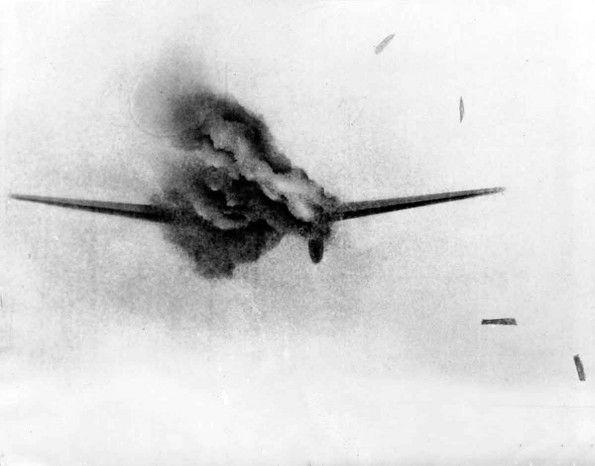
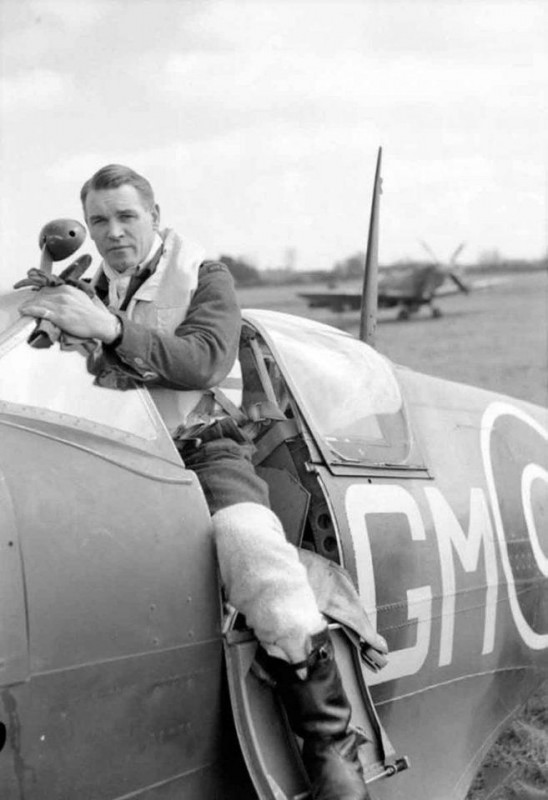
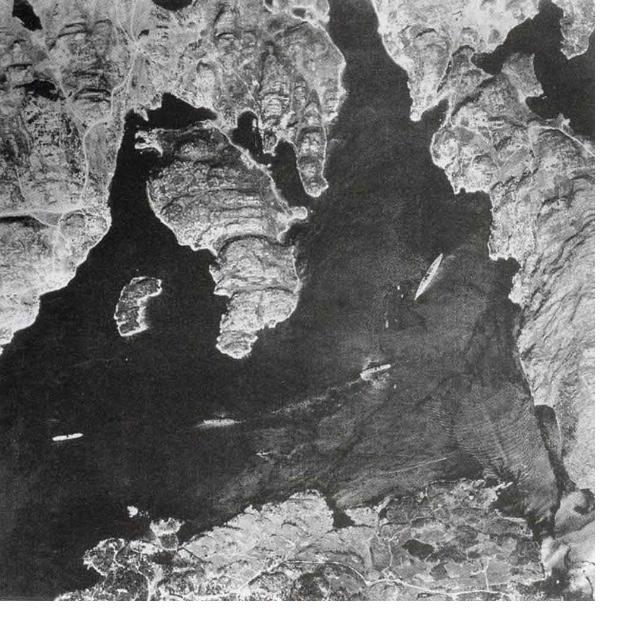

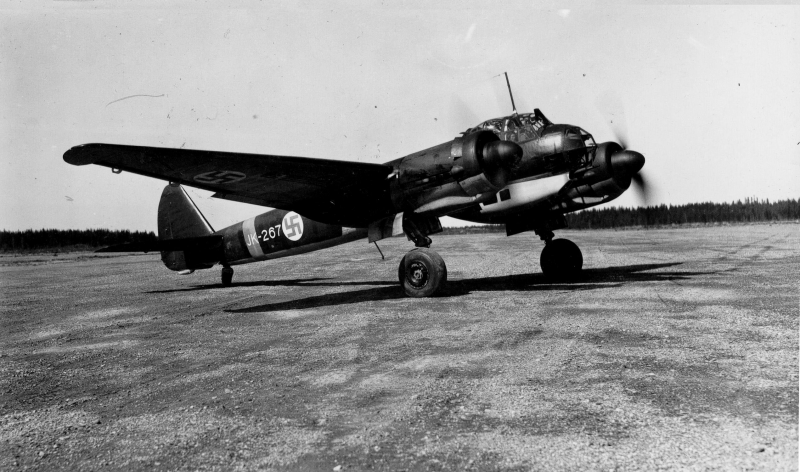

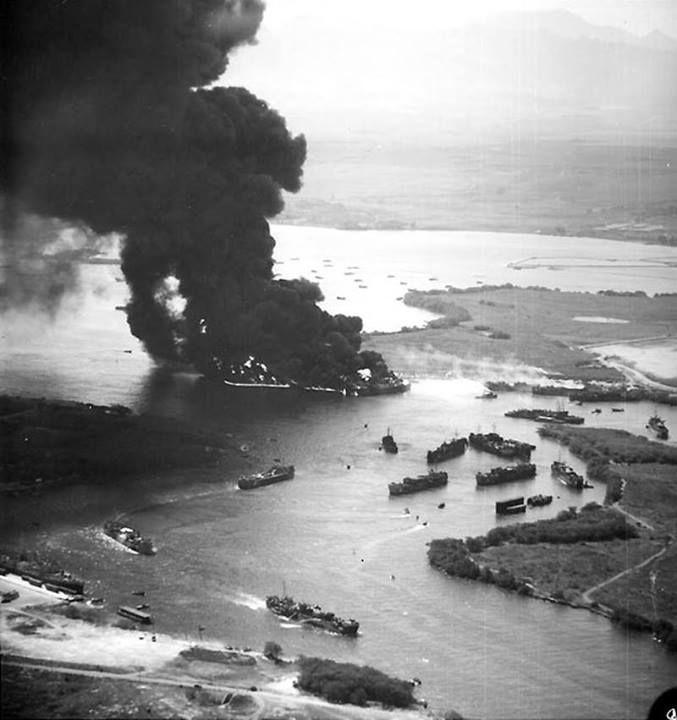
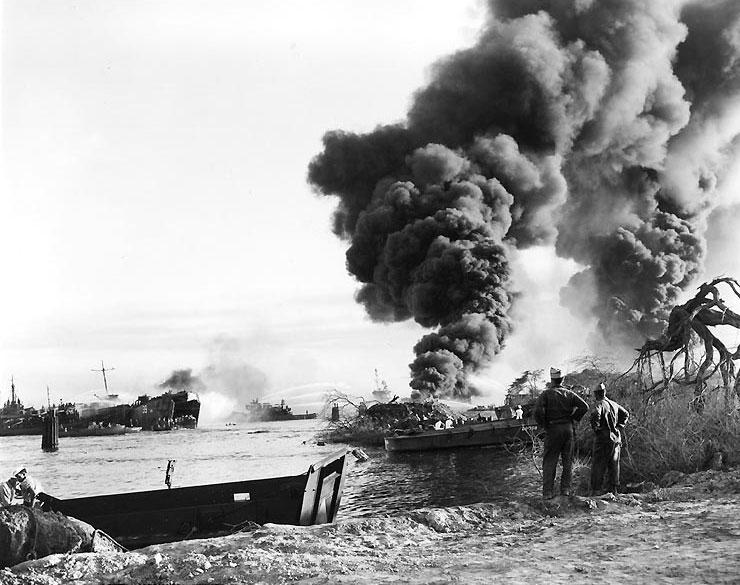
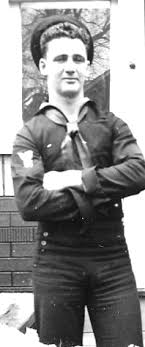
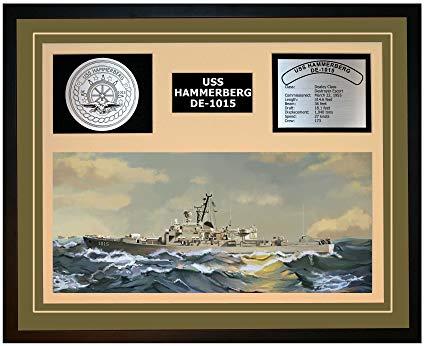
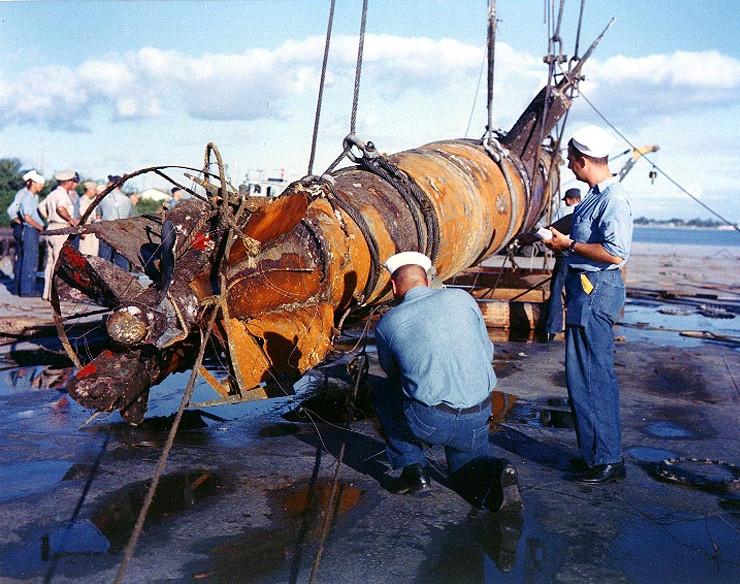
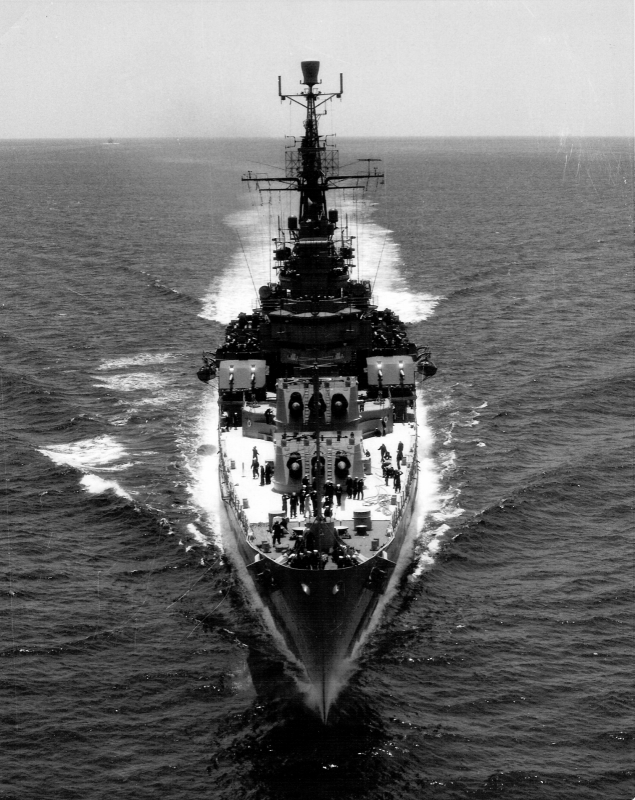

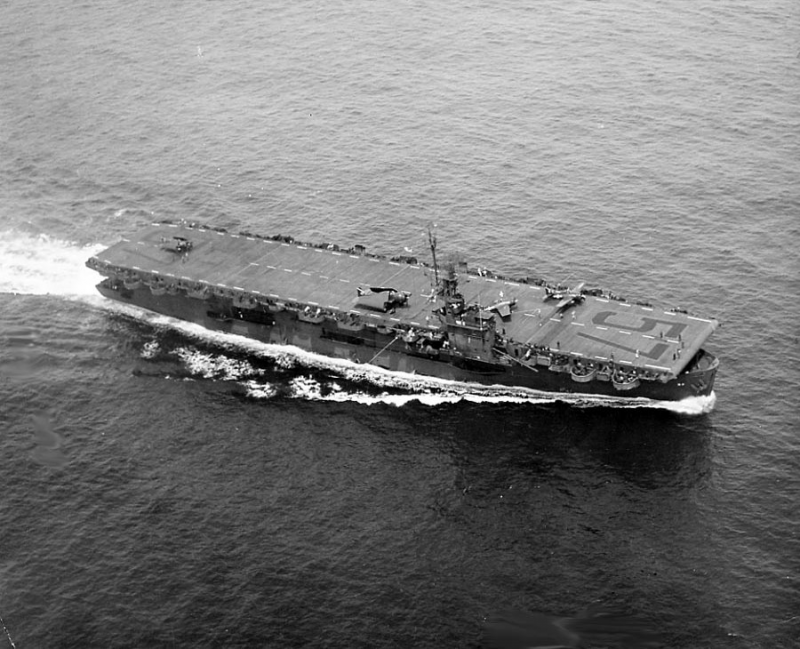
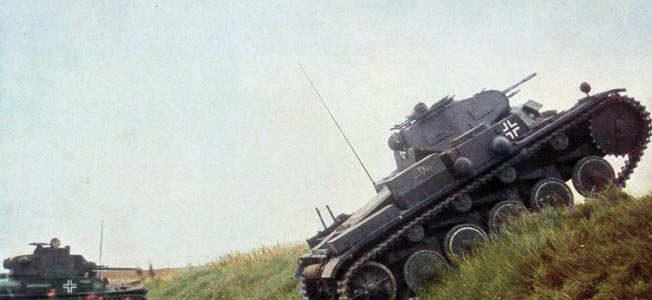
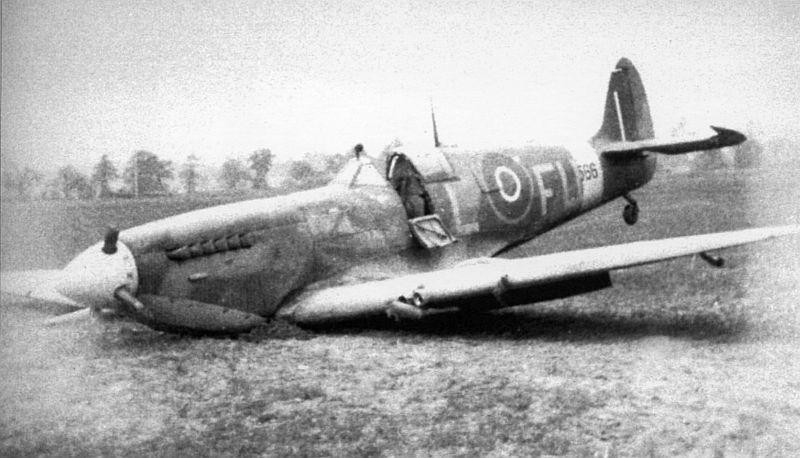

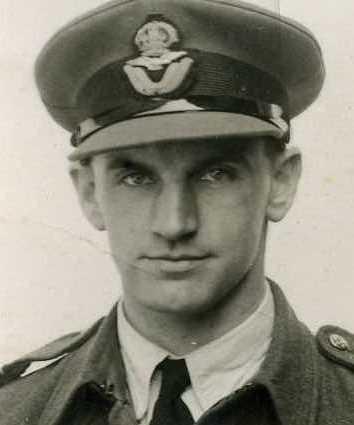
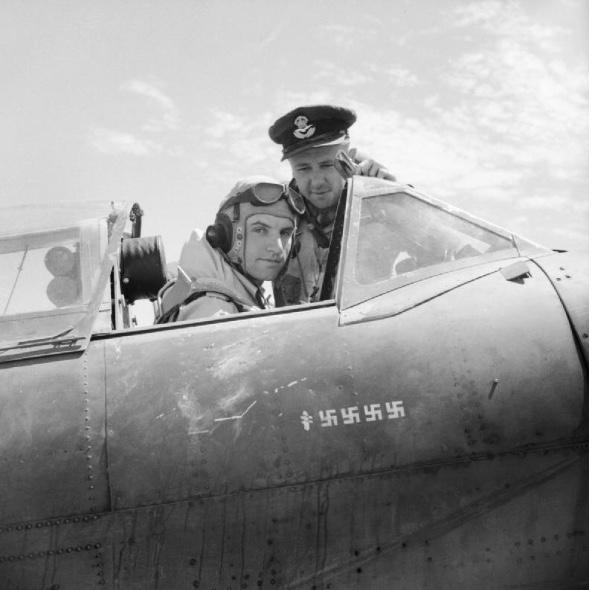
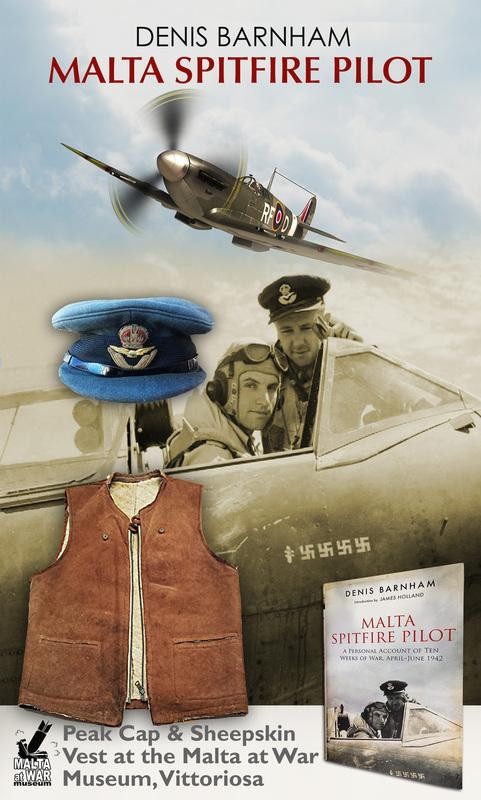
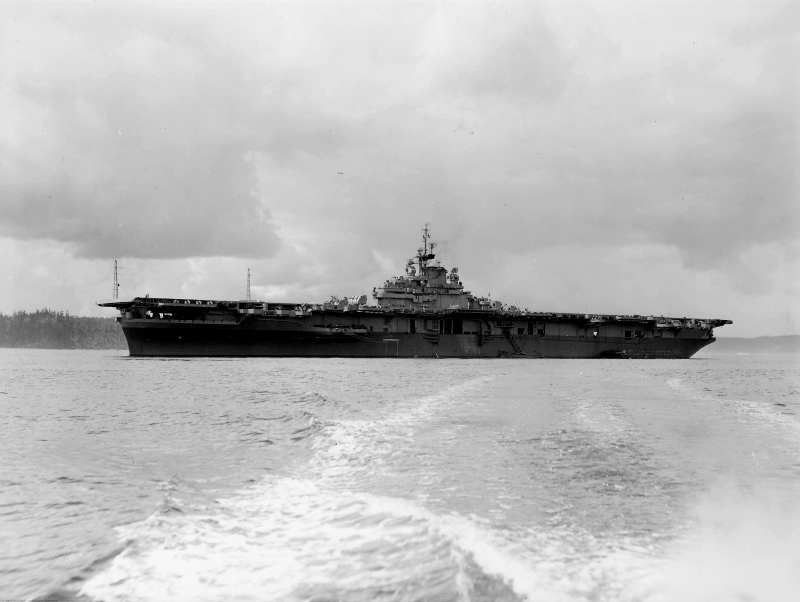

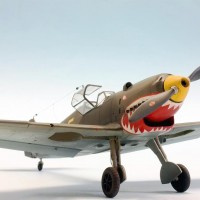
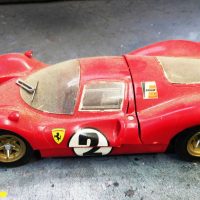
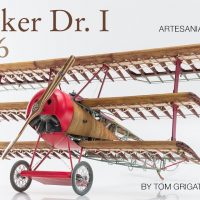
Adolf "Sailor" Malan was one of many South African pilots that joined the RAF. He got his nickname from time spent as a sailor on a merchant ship. Great set of photos and stories as we come to expect by now. Keep them coming David.
You are most welcome Morne. Malay was a ‘character’ that’s for sure. One that you’d definitely want on your side, though.
Sailor Malan one of the best, they should do a film about him.
Cheers Dave.
Agreed!
Must be something in the South African water, those guys were wonderful pilots.
Some of the best SAAF pilots served in the RAF and later in the SAAF. Most flew Spitfires. Highest scoring SAAF aces of WW II were:
Marmaduke Pattle 41 victories, Sailor Malan 35, Jacobus le Roux 23, Albert Lewis 18, Piet "Dutch" Hugo 17, John Frost 15, Malcolm Osler 12, Kenneth Driver 12. Pattle at one stage was regarded as the highest scoring Allied ace. He flew mainly Gloster Gladiators against the Italians in East Africa. John Frost flew mainly Hurricane fighters in East and North Africa. John D Nettleton won a VC for a bomber raid against Augsburg.
Wasn’t Robert Shaw’s character in the movie “Battle of Britain” based on Sailor Malan?
Yes.
Aha! I KNEW I'd heard of "Sailor" Malan.
As you said, David; "One that you’d definitely want on your side, though."
They grow 'em tough in South Africa!
South Africans (Afrikaners) from Dutch, Flemish, German, French, Portuguese and British descent, tempered by adversity, imbued with a pioneer spirit and a never give up mentality, surviving at all cost in Africa since 1652 sums it up.
He was also brave enough to campaign against Aparthied .